Svaneti towers
Georgia with its diverse nature has much to offer for travelers. Every region has its own must see places, which make them unique and exquisite. But not only nature, also traditions and native customs determines the history and exclusiveness of each region.
In this post, I want to talk about one of the most outstanding region of Georgia – Svaneti. Medieval watchtowers, unique nature and oldest traditions, snow-capped peaks, icy waterfalls – this is a small list of Svanetian wonders.
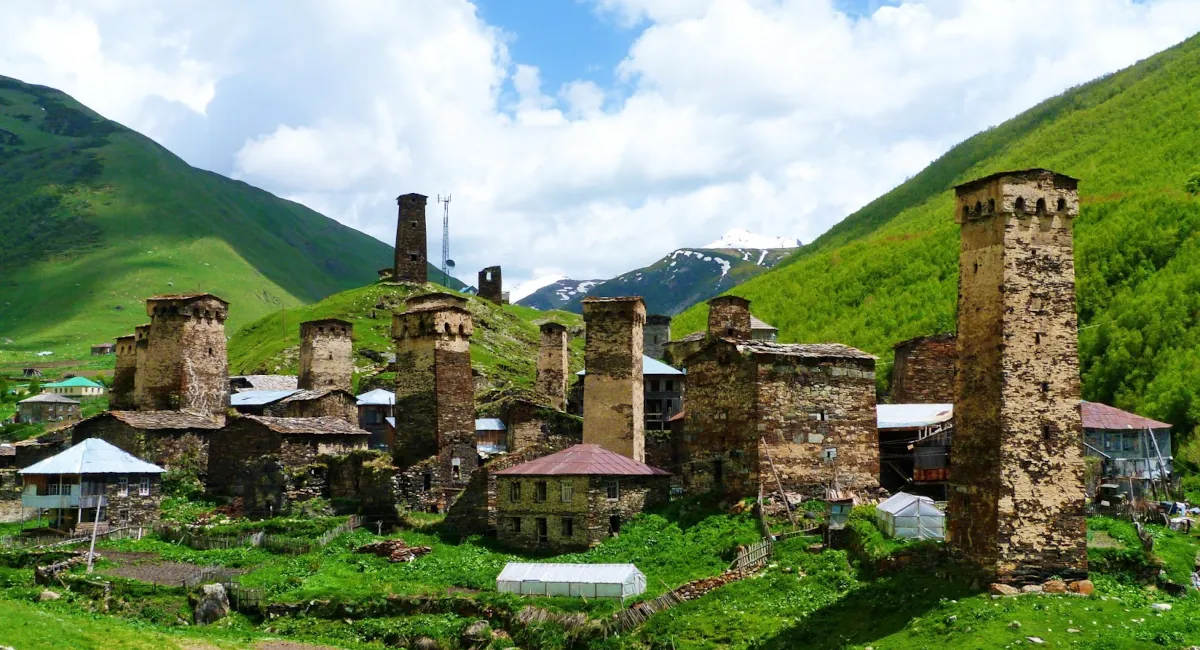
Svaneti towers
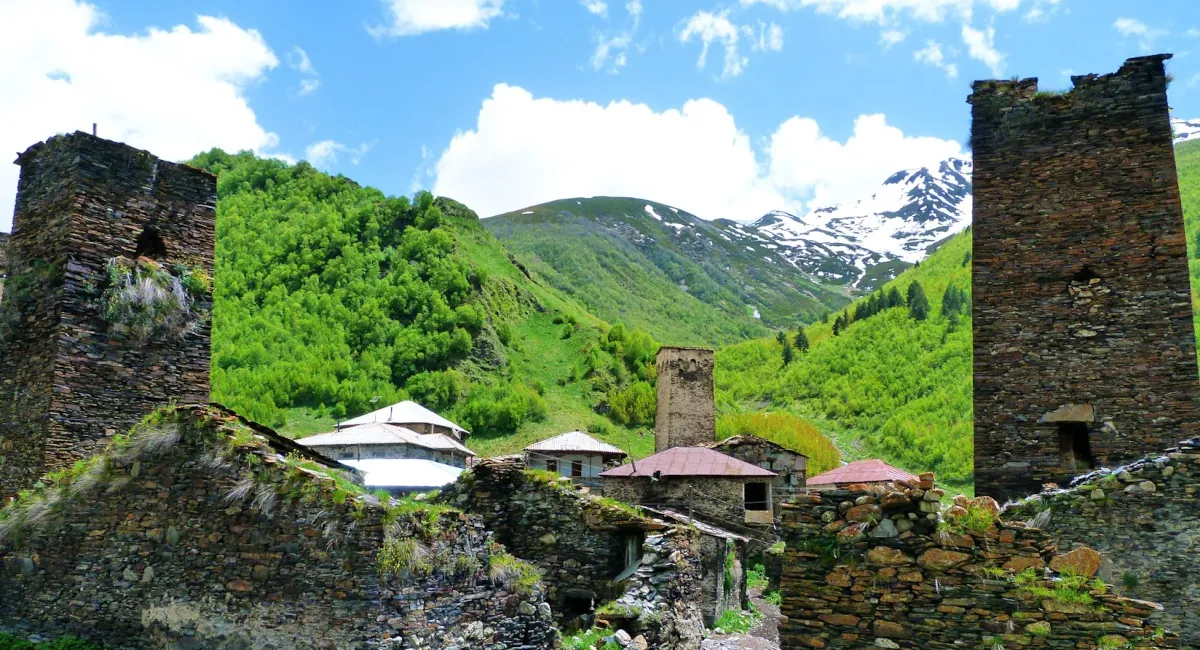
Mountains and svaneti towers
Brief information about Svaneti
Svaneti– Georgia’s historical region and geographical area. It includes the southern slopes of the Caucasus Mountains and the upper side of Enguri river and Tskhenistsqali. Historical Svaneti Also included Abkhazia region (upper part of the Kodori river), Samegrelo, Upper Racha and Lechkhumi border regions.
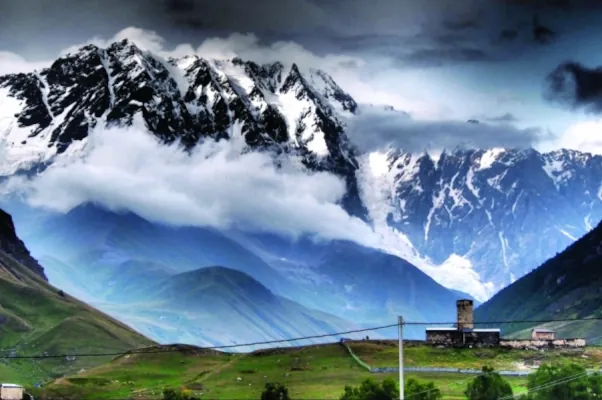
Mountains in Svaneti
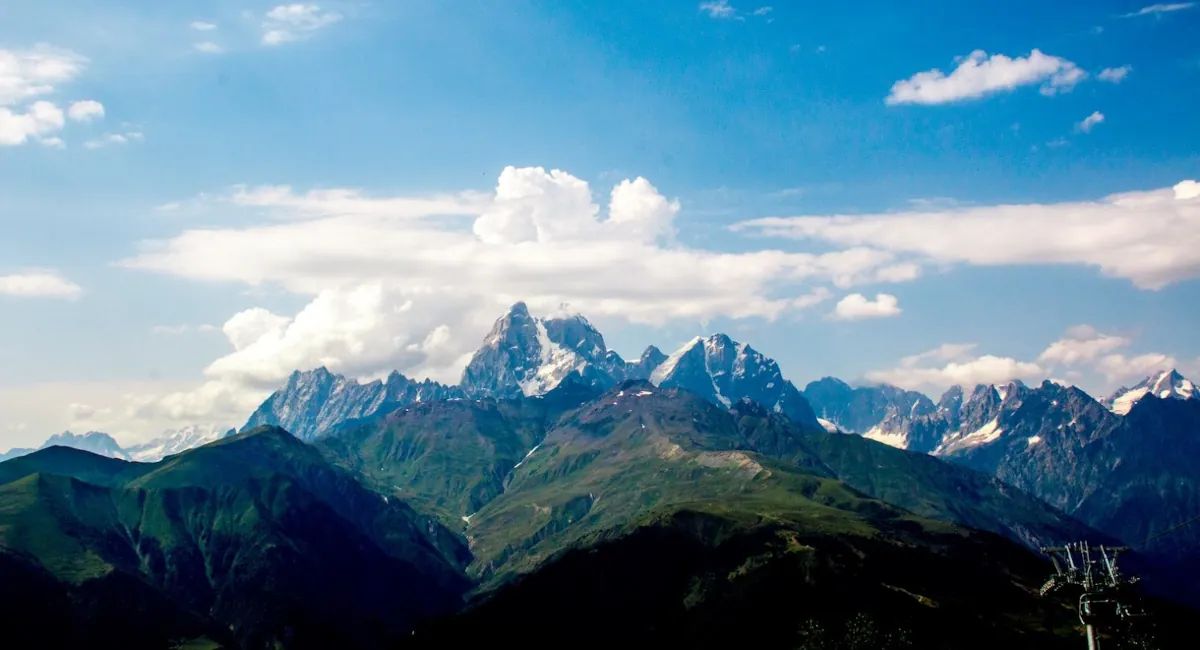
Mountains in Svaneti
During early centuries the region was part of the kingdom of Colchis – the Egrisi Kingdom. In XI-XV centuries Svaneti was one of the stands. When Georgia disintegrated royal principalities, Svaneti was divided into several parts: the free Svaneti, Sadadeshkeliano and Sadadiano Svaneti.
Nowadays the region is divided into two parts, Upper and Lower Svaneti. They are divided by a ridge of high Svaneti Latpari Peak. Upper Svaneti present the Enguri River gorge from Samegrelo border, while the lower region – from the source of Tskhenistskali Valley to Moore’s Bridge (nearby Tsageri).
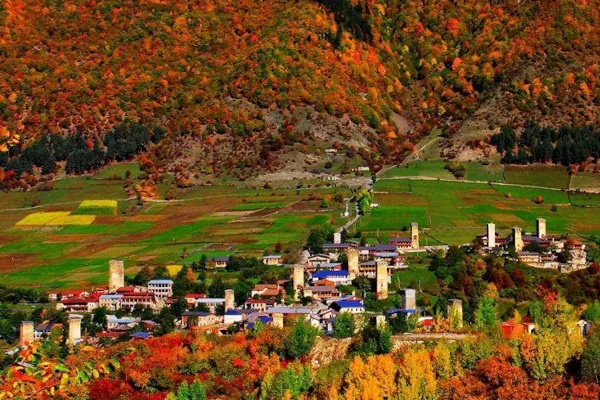
A town in Svaneti
Modern administrative-territorial division Svaneti is a part of Samegrelo-Zemo Svaneti region in Mestia, the lower region – Racha-Lechkhumi-Kvemo Svaneti Region of Lentekhi. Overwhelming majority of Svanetian population are Georgians, namely their ethnic group – Svan.
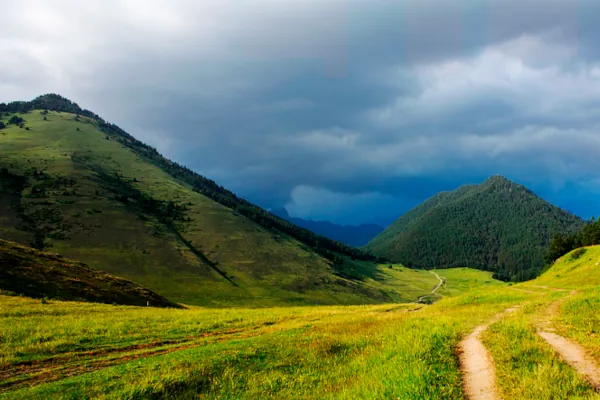
A road in Svaneti

A view in Svaneti
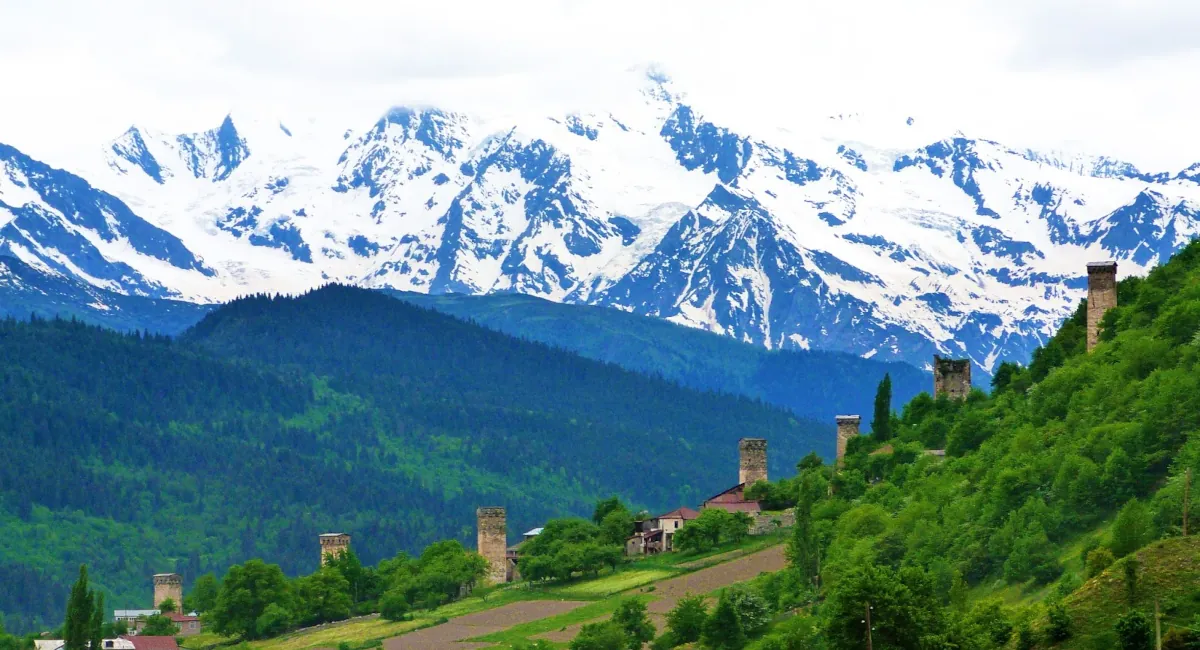
Mountain slopes in Svaneti
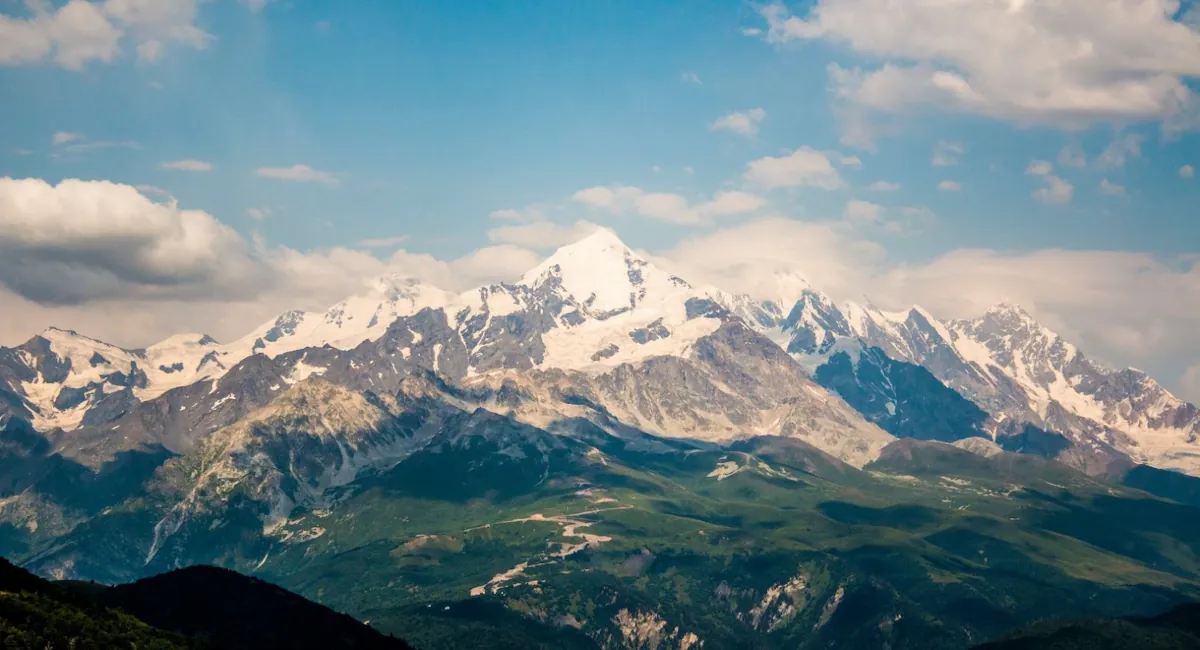
A mountain in Svaneti
Svaneti: traditions and native customs of Svans
Svaneti is one of the oldest and most beautiful parts of Georgia, famous for its hospitality. Svans are peculiar and proud people. Greek historian Herodotus wrote about them: “Courageous Svans are almost the best in terms of power: they have everything around and occupy the heights of the peaks of the Caucasus”. The region is still preserved indigenous traditions and religious rites.
Thegold mining in Svaneti is associated with the myth of the Argonauts. Svanetian rivers brought gold dust which was obtained with a lamb leather by the local population. Greek and Roman writers knew about the gold extraction by Svans. Argonauts were interested in the Golden Fleece – Golden Fleece wool leather having brought them to the kingdom of Colchis, which was part of the region. King Ayat and the kingdom of Colchis were supplied with the gold from Svaneti. Nowadays there are facts about gold mining.
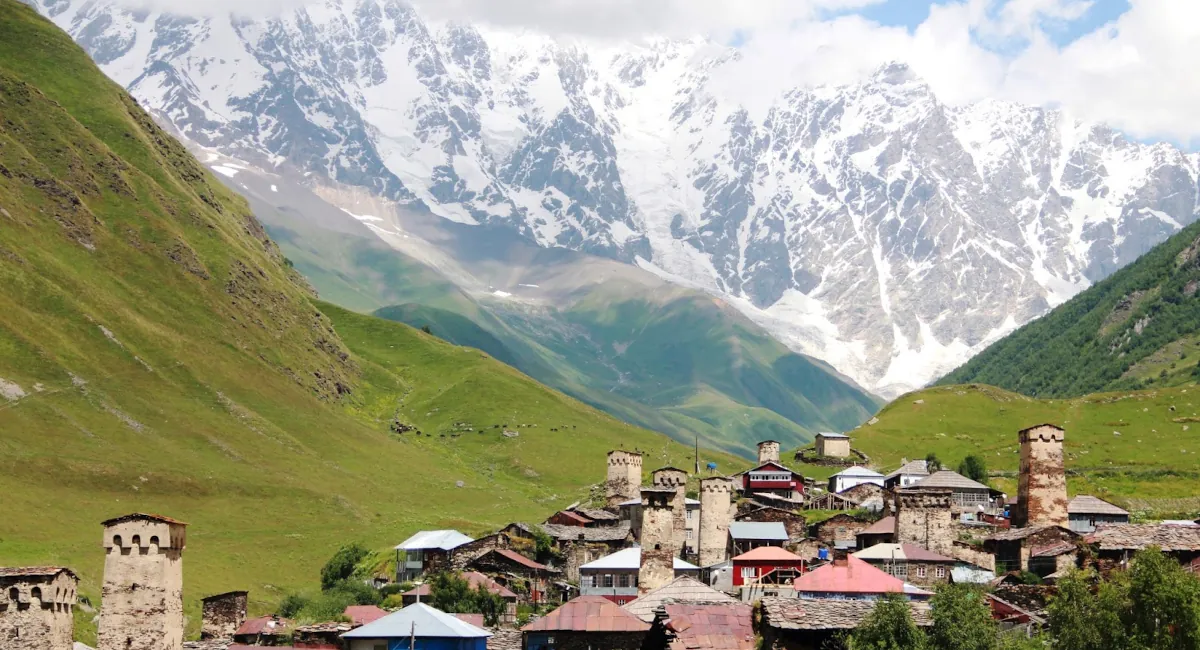
Svan towers in front of mountains

A valley in Svaneti
In the mountains there was Institute, which commanded by the Khevisberi. Khevisperies were called “makhvshi” in Svaneti. He was elected by the General Meeting. Makhvshi distinguished by wisdom and justice. He was the conductor of the rules of Christian life, judge in peaceful times, while in case of the army leader. Makhvshi condemned criminals and cut them off from the community.
Any civil or criminal case in a local court is considered by judges, which called “Morvey”. They chose from both sides. Morveys listened to both of parties carefully. The negotiation process often took years. When everything was clarified, they made an oath on the saint icon. After swearing in, nobody would doubt about the fairness of the decision. In its judgment, the judges hid astone in the ground, which meant the end of the case and the conciliation of the parties.
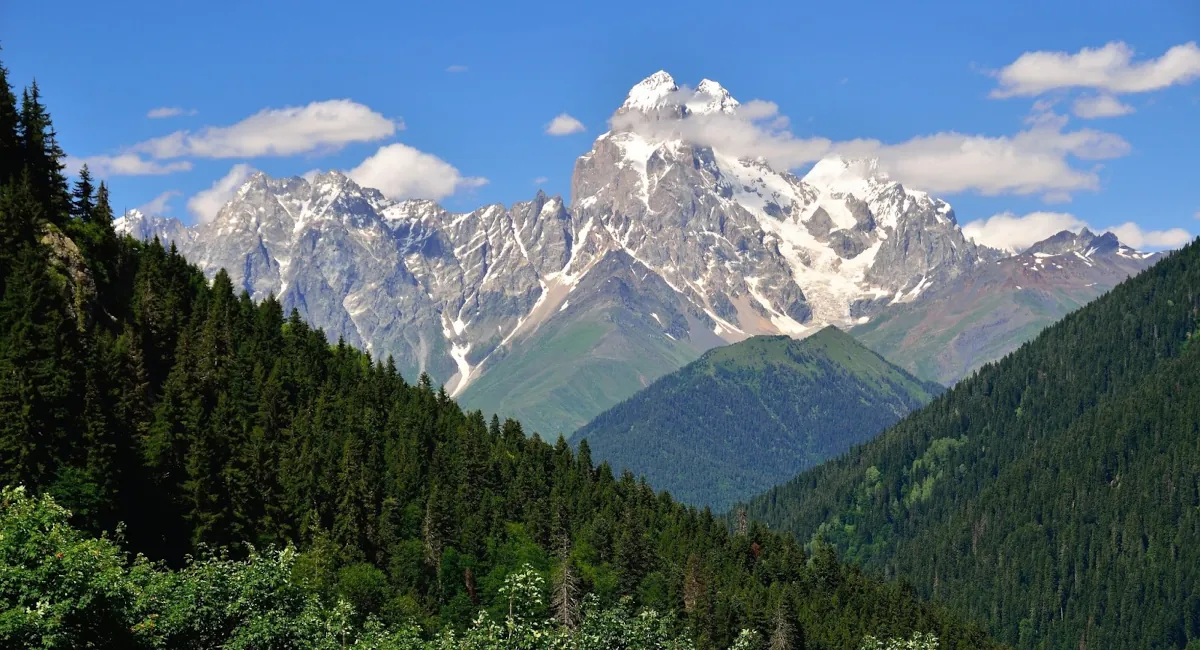
A mountain peak in Svaneti
In winter Svans used to build a tower from snow, they put into the center wooden bar and the top of the tower hung a cross. Youth participating divided into teams in the celebration. Teams were trying to fall down tower on their side, this meant to receive a good harvest. Sometimes they organized boxing matches, and the winning also meant to receive a good harvest. It was indeed a joyful celebration.
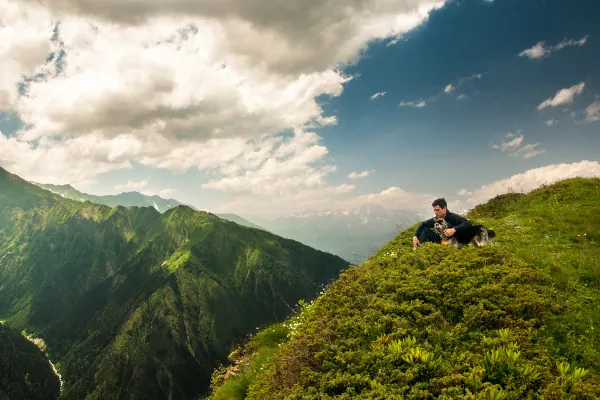
A shepherd high in the mountains
In drought years, Svan women used to throw bone into the nearest lake and prayed for the rain. In some communities men used to bring out icons of Jesus and the Virgin Mary from the Churches, bring them to the river and sing the song, religious chants praying for the rain.
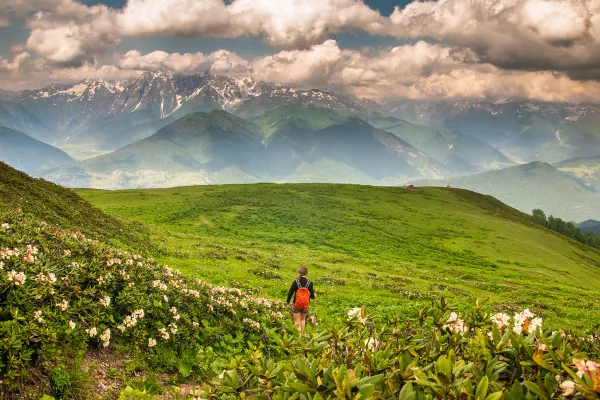
A meadow in the mountains
In Lenjeri (Village in Svaneti) there still exists a holiday of saint Elia. People during Elia holiday ask the icon of St. Elia for rain and irrigate their land.
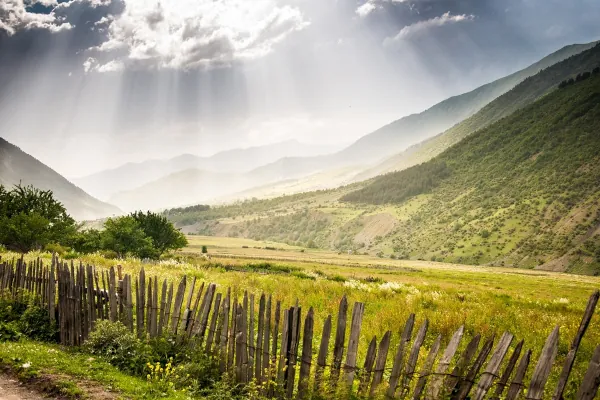
A view in a valley in Svaneti
What about agricultural works, women always worked together with men. During the field works women worked side-by-side with men. Maybe for this reason a young bride would always bring a reaping hook to her husband’s family together with her dowry.

Mountains in Svaneti
This is a short list of Svanetian traditions and native customs. Svaneti is Really amazing part of Georgia and it worth visiting.
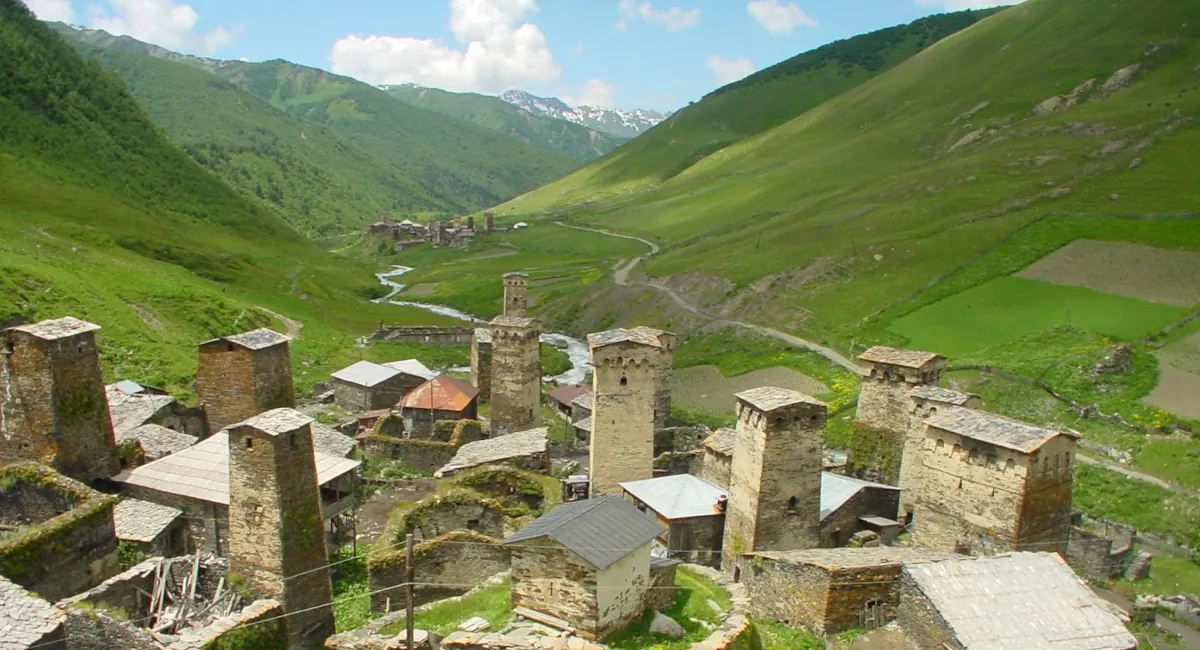
Svaneti towers

 +995591102278
+995591102278